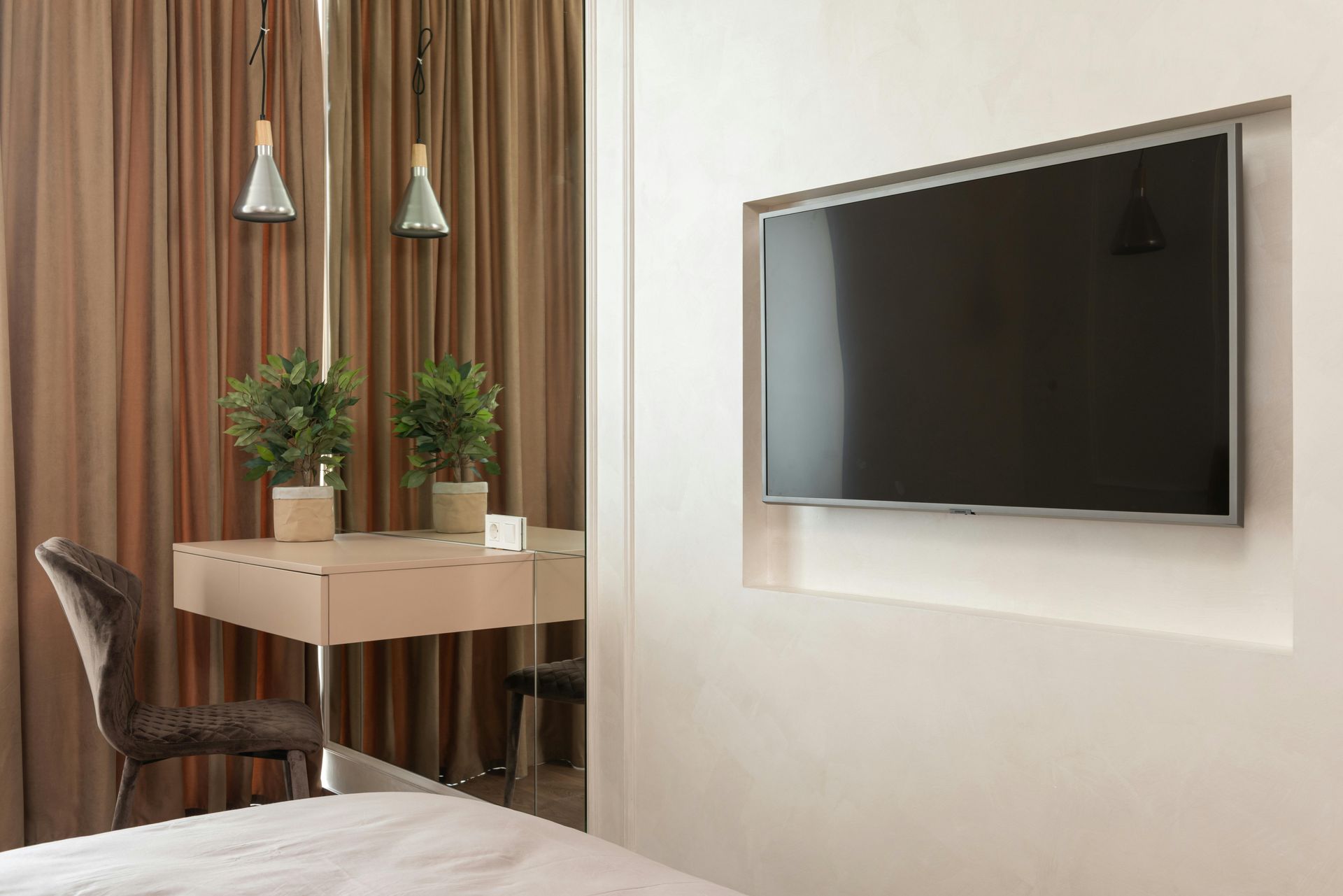The Ultimate Guide to Video Walls: Revolutionize Your Display Solutions
Introduction to Video Walls
In today's digital age, visual content has become an integral part of our lives. Whether it's for advertising, entertainment, or information, we are constantly surrounded by screens. Video walls have emerged as a powerful tool for businesses and organizations to deliver visually captivating experiences. In this ultimate guide, I will take you through everything you need to know about video walls and how they can revolutionize your display solutions.
Benefits of Using Video Walls for Display Solutions
Video walls offer a myriad of benefits that make them an attractive choice for businesses of all sizes. Firstly, they provide an immersive viewing experience that captures the attention of the audience. Whether it's a retail store, a corporate office, or an event venue, video walls create a dynamic and engaging environment that leaves a lasting impression.
Secondly, video walls offer unparalleled flexibility in content display. With the ability to showcase a single large image or split the screen into multiple sections, video walls allow for versatile content presentation. This flexibility enables businesses to convey their message effectively and target specific areas of interest.
Additionally, video walls are highly scalable. From a simple 2x2 configuration to a complex array of multiple screens, video walls can be customized to fit any space and requirement. This scalability makes them suitable for various applications, including control rooms, command centers, retail displays, and digital signage.
Types of Video Walls - LED Video Walls and Video Wall TVs
When it comes to video walls, there are two primary types to consider: LED video walls and video wall TVs. LED video walls consist of individual LED panels that seamlessly connect to form a large display. They offer superior brightness, contrast, and color reproduction, making them ideal for outdoor and high ambient light environments. LED video walls are also known for their durability, with the ability to withstand harsh weather conditions and high-traffic areas.
On the other hand, video wall TVs are a more compact and cost-effective option. These are essentially large commercial-grade televisions that are designed specifically for video wall applications. Video wall TVs provide excellent image quality and are suitable for indoor environments with controlled lighting conditions. They are easy to install and maintain, making them a popular choice for businesses looking for a hassle-free video wall solution.
Understanding Video Wall Controllers and Their Importance
A video wall controller is a crucial component of any video wall setup. It acts as the brain behind the operation, allowing you to manage and control the content displayed on the video wall. The video wall controller takes input from various sources, such as computers, media players, and cameras, and distributes it across the individual screens in the video wall.
The importance of a video wall controller lies in its ability to enable seamless content management. With a video wall controller, you can easily switch between different sources, resize and reposition content, and create engaging visual effects. It also provides advanced features like video wall calibration, bezel compensation, and real-time monitoring, ensuring a smooth and professional display.
Factors to Consider When Choosing a Video Wall Solution
Selecting the right video wall solution for your business can be a daunting task. To make an informed decision, there are several factors you need to consider. Firstly, you should assess your specific requirements, such as the size of the space, the viewing distance, and the desired image quality. This will help you determine the optimal screen size, resolution, and type of video wall that suits your needs.
Another important factor to consider is the content you intend to display on the video wall. Different types of content, such as static images, videos, or live feeds, may have specific requirements in terms of resolution, refresh rate, and color accuracy. Ensure that the video wall solution you choose can handle your content requirements effectively.
Additionally, it's crucial to evaluate the installation and maintenance requirements of the video wall solution. Consider factors such as accessibility, power consumption, cooling, and the availability of technical support. Choosing a video wall solution that is easy to install, energy-efficient, and backed by reliable customer support will save you time, effort, and resources in the long run.
Installation and Setup of a Video Wall
The installation and setup process of a video wall may vary depending on the type and size of the video wall solution you choose. However, there are some general steps that apply to most video wall installations.
Firstly, you need to determine the layout and positioning of the video wall. Consider factors such as the viewing angle, ambient light conditions, and any structural limitations. Once you have finalized the layout, ensure that the wall or structure can support the weight and size of the video wall.
Next, you will need to connect the individual screens or LED panels to form the video wall. This may involve securing the screens to a mounting structure, aligning them properly, and connecting the necessary cables. It's important to follow the manufacturer's instructions and guidelines for installation to ensure the video wall functions optimally.
After the physical installation, you will need to configure the video wall controller and software. This involves connecting the video sources, setting up the display layout, and calibrating the screens for optimal visual performance. Depending on the complexity of the video wall solution, you may need assistance from a professional installation team to ensure a smooth setup process.
Best Practices for Video Wall Content Creation
Creating compelling and visually appealing content is essential for maximizing the impact of your video wall. Here are some best practices to keep in mind when designing content for your video wall:
- Simplicity: Keep the content simple and easy to understand. Avoid cluttering the screen with too much information, as it can distract the viewer.
- High Resolution: Ensure that your content is designed at a high resolution to maintain image quality on the video wall. Low-resolution images or videos may appear pixelated and detract from the overall visual experience.
- Contrast and Brightness: Consider the ambient light conditions in the viewing area and adjust the contrast and brightness of your content accordingly. This will ensure optimal visibility and legibility.
- Engaging Visuals: Incorporate visually engaging elements such as animations, transitions, and dynamic effects to capture the attention of the audience. However, be mindful not to overuse these elements, as they can become distracting if not used strategically.
- Consistency: Maintain a consistent visual theme throughout your content. This will help create a cohesive and professional look that reinforces your brand identity.
By following these best practices, you can create captivating content that effectively communicates your message and enhances the impact of your video wall.
Case Studies: Successful Implementations of Video Walls
To further emphasize the effectiveness of video walls, let's explore some real-world case studies of successful video wall implementations.
Case Study 1: Retail Store Enhancement
A leading fashion retailer implemented a video wall in their flagship store to enhance the shopping experience. The video wall was strategically positioned near the entrance, showcasing dynamic visuals of the latest fashion trends and promotions. This immersive display captured the attention of customers and increased foot traffic into the store. The retailer reported a significant increase in sales and brand engagement as a result of the video wall implementation.
Case Study 2: Control Room Optimization
A large security control room upgraded their outdated display solutions with a video wall. The video wall allowed operators to monitor multiple camera feeds, alarms, and critical information simultaneously, improving situational awareness and response times. The high-resolution screens and real-time monitoring capabilities of the video wall ensured that the operators had a clear and detailed view of the information, enhancing their decision-making process.
These case studies highlight the diverse applications and benefits of video walls across different industries. Whether it's for retail, control rooms, hospitality, or entertainment, video walls have proven to be a valuable tool for enhancing user experiences and achieving business objectives.
Comparison of Popular Video Wall Brands - Samsung, LG, etc.
When choosing a video wall solution, it's essential to consider reputable brands that offer reliable and high-quality products. Let's compare two popular video wall brands: Samsung and LG.
Samsung Video Walls
Samsung is renowned for its innovative display technologies, and its video walls are no exception. Samsung offers a wide range of video wall solutions, including LED video walls and video wall TVs. Their video walls are known for their exceptional image quality, slim bezels, and advanced features such as automatic color calibration and seamless video playback. Samsung also provides comprehensive software solutions for content management and remote control, ensuring a seamless user experience.
LG Video Walls
LG is another well-established brand in the video wall market. LG video walls are known for their superior color accuracy, wide viewing angles, and energy-efficient design. LG offers both LED video walls and video wall TVs, catering to different installation requirements and budgets. Their video wall solutions come with advanced features like webOS for easy content management, automatic image adjustment for consistent color reproduction, and various connectivity options.
Video Wall Maintenance and Troubleshooting Tips
Proper maintenance and timely troubleshooting are crucial for ensuring the longevity and optimal performance of your video wall. Here are some tips to help you keep your video wall in top condition:
- Regular Cleaning: Dust and dirt can accumulate on the screens and affect the image quality. Clean the screens regularly using a soft, lint-free cloth or a specialized screen cleaner.
- Screen Calibration: Periodically calibrate the screens to maintain color accuracy and uniformity. Follow the manufacturer's instructions for calibration or consider professional calibration services for optimal results.
- Software Updates: Keep the video wall controller software and firmware up to date. Regularly check for updates from the manufacturer and install them to benefit from bug fixes, performance improvements, and new features.
- Power Management: Optimize power consumption by adjusting the display settings and using energy-saving features. This not only reduces your operating costs but also prolongs the lifespan of the screens.
- Monitoring and Maintenance Contracts: Consider investing in monitoring and maintenance contracts with the manufacturer or a third-party service provider. These contracts ensure proactive monitoring, timely repairs, and access to technical support, minimizing downtime and maximizing the lifespan of your video wall.
By following these maintenance and troubleshooting tips, you can ensure that your video wall continues to deliver exceptional performance and remains a valuable asset for your business.
Conclusion: Embracing the Future of Display Solutions with Video Walls
Video walls have revolutionized the way businesses and organizations communicate and engage with their audience. With their immersive experiences, versatile content display, and scalability, video walls have become an indispensable tool for various industries. By understanding the different types of video walls, the importance of video wall controllers, and the factors to consider when choosing a video wall solution, you can make an informed decision that meets your specific requirements.
From installation and content creation to maintenance and troubleshooting, this ultimate guide has provided you with a comprehensive overview of video walls. Now, it's time to embrace the future of display solutions and unlock the full potential of visual communication with video walls.
Get in touch with Hangman Mounting & Installation for your TV Mounting & Installation Services needs.




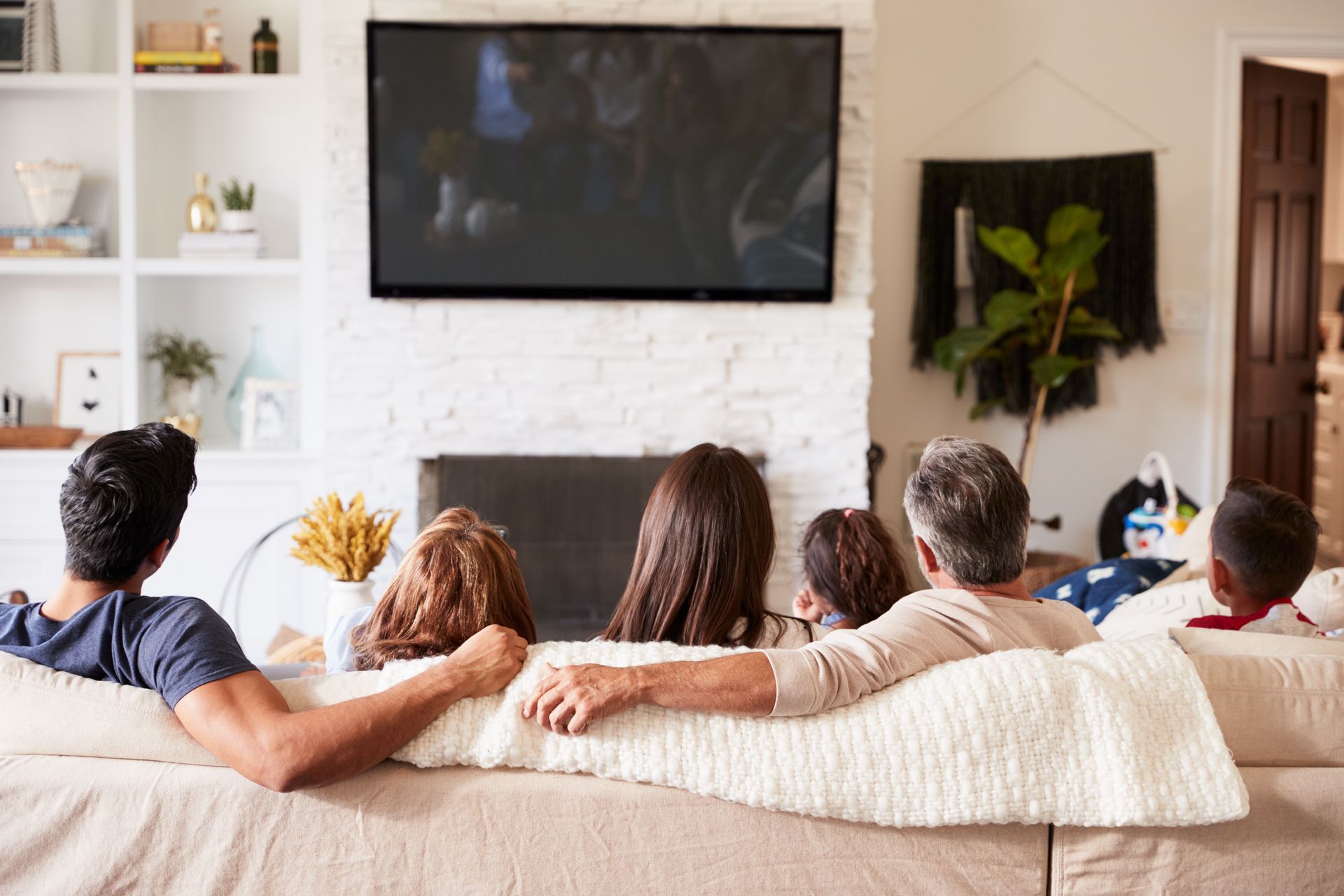
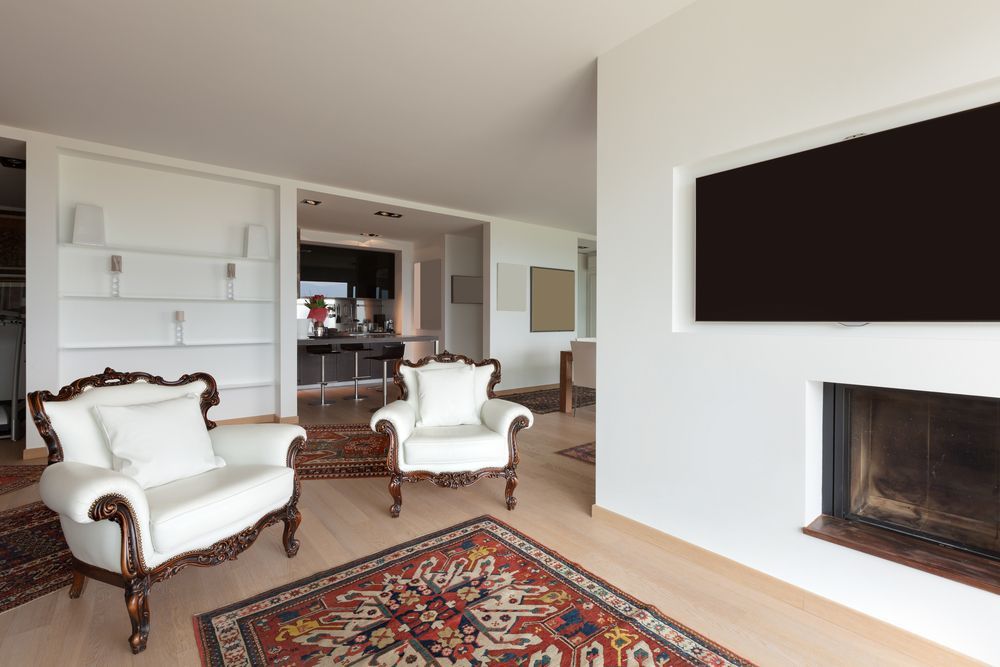
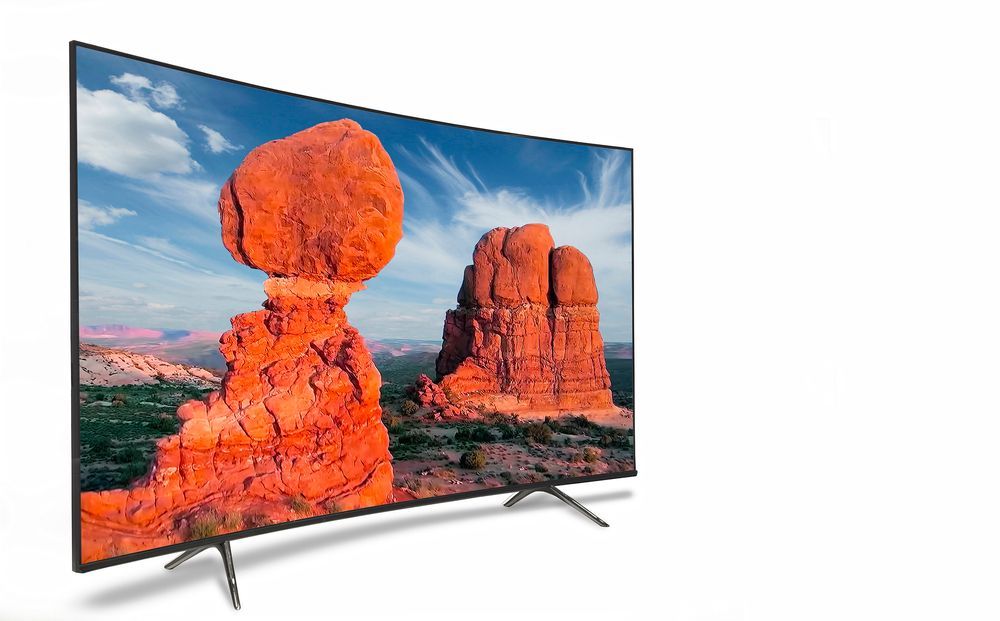
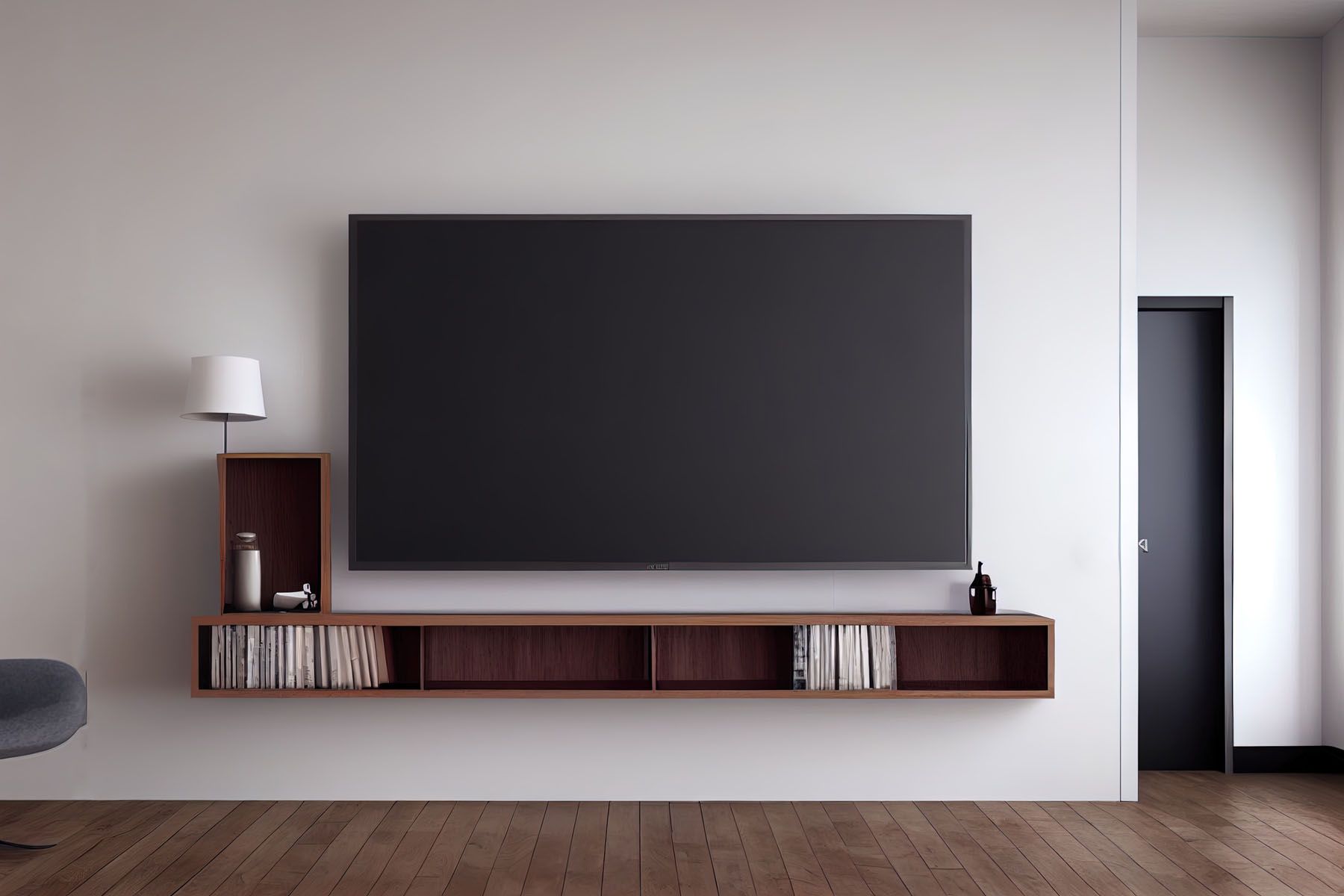

Copyright © Hangman Mounting & Installation | All Rights Reserved

